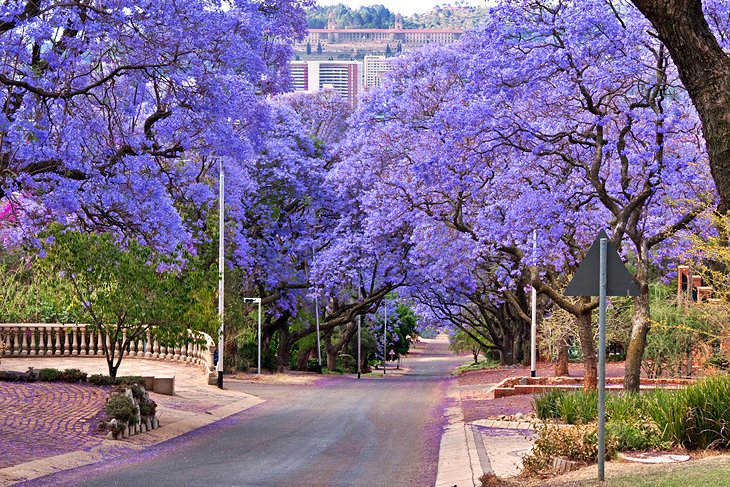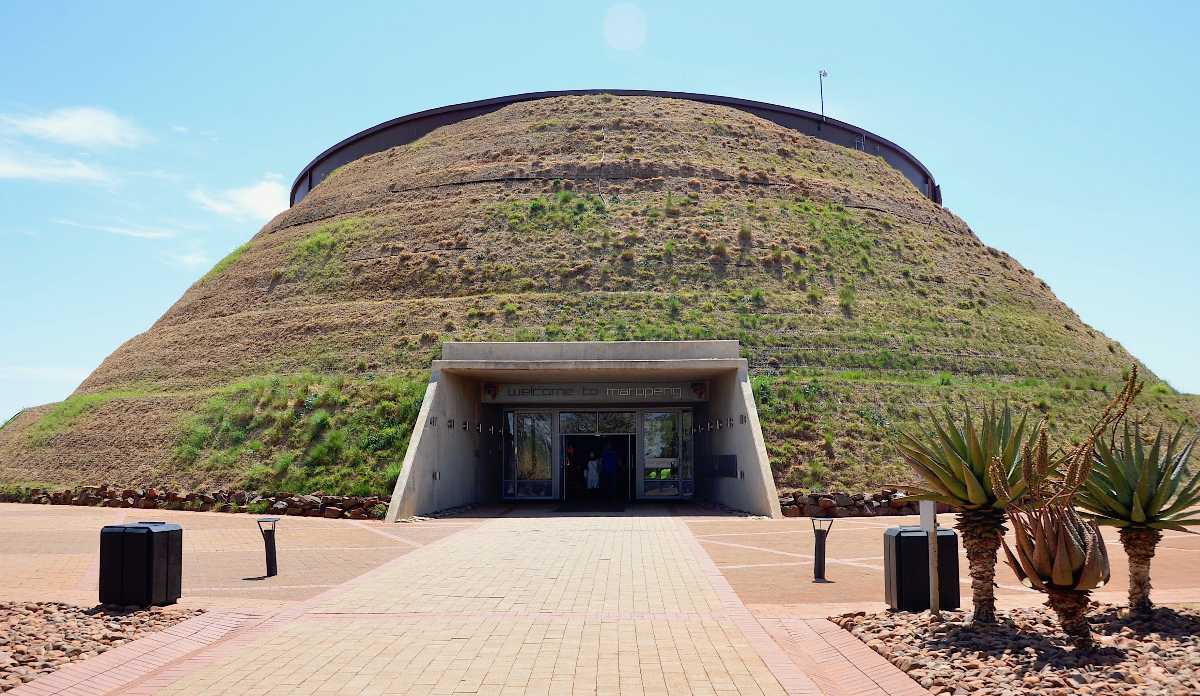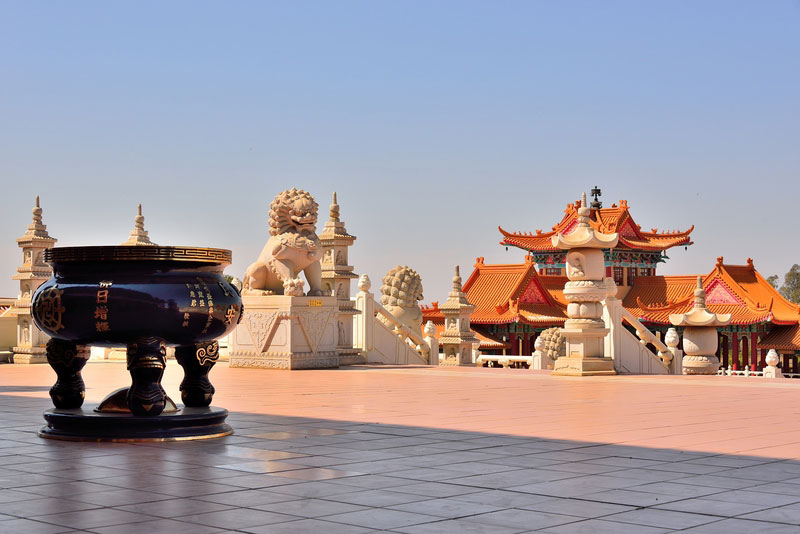What Does Johannesburg North Attractions Mean?
What Does Johannesburg North Attractions Mean?
Blog Article
9 Easy Facts About Johannesburg North Attractions Explained
Table of ContentsThe Definitive Guide for Johannesburg North AttractionsExcitement About Johannesburg North AttractionsGetting The Johannesburg North Attractions To WorkUnknown Facts About Johannesburg North AttractionsThe Facts About Johannesburg North Attractions UncoveredNot known Details About Johannesburg North Attractions An Unbiased View of Johannesburg North Attractions
Nevertheless you should maintain safety in mind and travelers have to continue to be alert in all times when in unfamiliar environments. Talk to the residents when you are in town to discover the location you are staying in. Johannesburg North attractions. When on the street (this doesn't apply to shopping center and various other safe settings) best basic suggestions is to try your finest to appear like a neighborhood and to avoid showing any kind of type of wide range
A Biased View of Johannesburg North Attractions
Teacher Revil Mason O. J. (Thomson, 1946) checked out the Witwatersrand's pre-colonial background. His historical work took off the 'em pty land' misconception, according to which the area was devoid of human habitation prior to the arrival of European settlers. In his magazines Prehistory of the Transvaal: A Record of Human Task (1962) and Beginnings of Black People of Johannesburg and the Southern Western Central Transvaal Advertisement 3501880 (1986 ), Professor Mason showed the extent of social and economic growth in the area prior to Europeans set foot here.

The Ultimate Guide To Johannesburg North Attractions
In 1878, David Wardrop discovered gold in quartz blood vessels at Zwartkop, north of Krugersdorp. In 1881, Stephanus Minnaar came throughout gold on the farm Kromdraai, near the Cradle of Humankind.
In March 1886, an outcropping (quickly to be called the Main Reef) was discovered, fairly fortunately, on Gerhardus Oosthuizen's ranch Langlaagte. Some claim that the Lancastrian coal miner George Pedestrian uncovered this coral reef. Another travelling English miner, George Harrison (who had actually formerly operated in Australian mines) obtained a prospecting licence in respect of Langlaagte in May 1886.
He determined to relocate on in a quest for greener pastures, and disposed of his Langlaagte claim for the handsome sum of 10. Alas: below lay the richest goldfield ever located. The discovery of this abundant auriferous reef prompted a gold rush that signified the end of agrarian serenity in the southern Transvaal.
It would, within six years, become the largest town in southerly Africa. Within a years, it would certainly make the Z. A. R. up until after that an anarchical and insolvent little state the most affluent country in Africa. By the millenium, the Z. A. R. was to exceed Russia, Australia and the United States of America to end up being the globe's leading gold manufacturer, creating even more than a quarter of the globe's gold.
Johannesburg North Attractions Fundamentals Explained
It was referred to as Ferreira's Camp, websites called after Colonel Ignatius Ferreira. He was a Boer traveler upon whom the British authorities had actually presented the status of Buddy of the A Lot Of Distinguished Order of St Michael and St George (entitling him to the post-nominal letters C. M. G.) in gratefulness for his function in the war that had deposed the Pedi king Sekhukhune in 1879.
Two various other camps were established: Meyer's Camp on the farm Doornfontein, and Paarl Camp. The latter was nicknamed Afrikander Camp; numerous people from the Cape Swarm cleared up there.

Johannesburg North Attractions for Beginners
This name obtained currency by word of mouth, such that the State Assistant verified the name to the Mining Commissioner on 9 October 1886. Stands in the town were auctioned on 8 December 1886. While some stands were sold for 10, others were torn down for just sixpence.
Two years later on, these erven were to transform hands for as much as 750 each. The tented camps decreased as a dorp of corrugated iron buildings established and increased north of the mines located along the Main Reef Roadway. Areas such as Jeppe's Community (where working-class immigrants erected their homes) and Doornfontein (where the wealthy new 'Randlords' started to build useful content their extravagant residences) were soon contributed to the ever-expanding map of the town.
The Main Principles Of Johannesburg North Attractions
Aside from the street names, there were no indicators of Johannesburg being positioned in a Dutch-speaking nation. Years later on, C. W. Kearns O. J. (among the very first boys enrolled at St John's College in 1898) would certainly remember: 'An unusual truth about Johannesburg was that, although it remained in the [Boer Republic], nearly everybody spoke English and even the Government servants attended to one in English, unless they were first dealt with in the Taal (or Low Dutch)'.
Britain had a passion advice in guaranteeing optimal conditions for gold manufacturing on the Witwatersrand, and that the gold was exported to London rather than Berlin a necessary provided all the a lot more clamant by the Z. A. R.'s boosting toenadering with Germany. Mine proprietors were on an accident training course with President Kruger, whose policy of monopolistic giving ins (commonly given to his cronies) avoided mining companies from obtaining materials of materials (especially dynamite) and work on their very own, cheaper terms
Our Johannesburg North Attractions Diaries
In 1890, the Volksraad had actually restricted the franchise to white guys who had actually lived in the Z. A. R. for fourteen years or longer, thus disqualifying a lot of the immigrants (who happened to be the major factors to the fiscus). Agitation for the ballot was a plain pretense for promoting a various program; the majority of uitlanders concerned themselves as short-term site visitors and had no intention of continuing to be in the Z.
Report this page